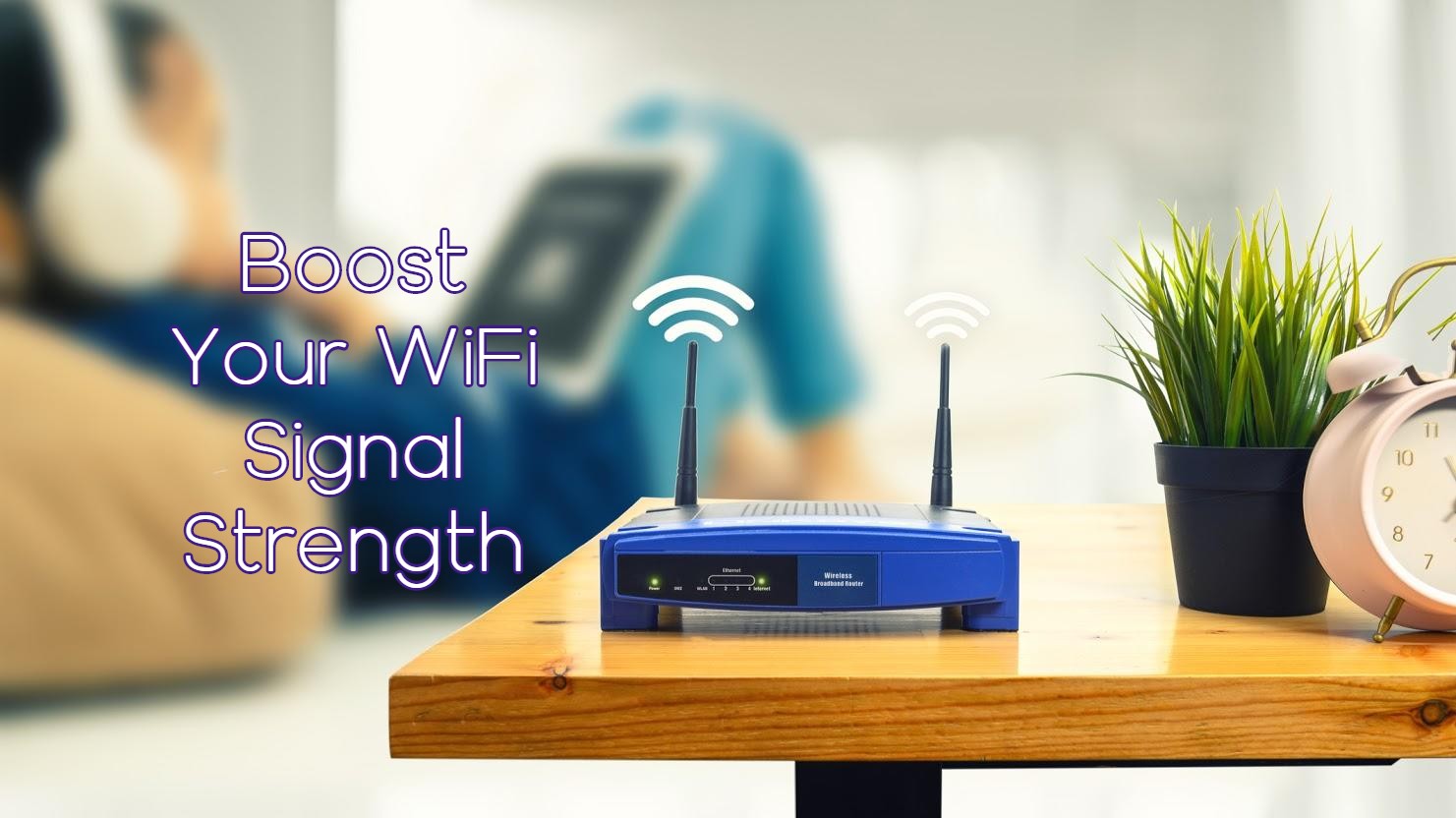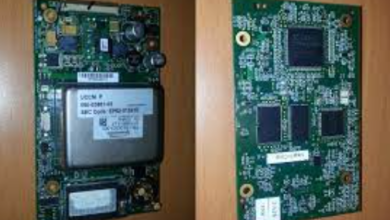Discover the Unseen: Unraveling the Secrets of New Devices Connecting to the Internet

When a new device connects to the internet, it sends a request to an Internet Service Provider (ISP) for an IP address. This process, known as IP address assignment, allows the device to communicate with other devices on the network.
When the connection is established, data can be exchanged between the device and the internet, enabling web browsing, online communication, and access to various online services. Each device connected to the internet is assigned a unique IP address, which serves as its digital identifier on the network.
This seamless integration offers users instant access to the vast resources available on the internet, enhancing connectivity and productivity in today’s digital age.

Credit: adevinta.com
Contents
How New Devices Connect
When a new device is connected to the internet, it follows a specific process to establish a connection and access online resources. Understanding the different wireless connectivity options like Bluetooth, Wi-Fi, and cellular connectivity can shed light on how new devices connect.
Wireless Connectivity Options
Wireless connectivity options play a crucial role in how new devices connect to the internet. They enable seamless data transmission and communication without the need for physical wired connections.
Bluetooth Vs. Wi-fi Vs. Cellular
These three wireless connectivity options, including Bluetooth, Wi-Fi, and cellular networks, have unique characteristics and usage scenarios that determine how new devices connect to the internet.
- Bluetooth technology allows devices to connect and communicate wirelessly over short distances, typically within 30 feet.
- It is commonly used for connecting peripherals such as headphones, speakers, and input devices to smartphones, tablets, and computers.
- The pairing process involves establishing a secure connection between the devices, allowing them to exchange data and information.
- Wi-Fi, or wireless fidelity, enables devices to connect to local area networks (LANs) and access the internet within a specific coverage area, typically a home, office, or public hotspot.
- It provides high-speed data transmission and is widely used for connecting smartphones, laptops, smart home devices, and IoT (Internet of Things) gadgets to the internet.
- Connecting to a Wi-Fi network involves entering a password or using other authentication methods to gain access to the network’s resources.
- Cellular connectivity relies on mobile cellular networks operated by telecommunications providers to enable devices to access the internet from almost anywhere with network coverage.
- It allows smartphones, tablets, and other mobile devices to connect to the internet, send text messages, make calls, and utilize data services on the go.
- Devices with cellular capabilities require a SIM card and a data plan to connect to the network and access mobile data services.

Credit: www.amazon.com
Challenges And Benefits
When a new device is connected to the internet, there are both challenges and benefits to consider.
Security Concerns With New Devices
Connecting a new device to the internet raises concerns about potential security risks.
- Device vulnerabilities can be exploited by hackers.
- Data breaches may occur if proper security measures are not in place.
- Malware and viruses could infect the device, compromising sensitive information.
Improved Efficiency And Convenience
Despite the challenges, connecting a new device to the internet brings about various benefits.
- Enhanced productivity through access to online resources and tools.
- Convenience in communication with others through messaging and video calls.
- Streamlined processes and automation for everyday tasks.
Impact On Various Industries
When a new device connects to the internet, it brings about significant changes across various industries. Let’s delve into how this impacts sectors such as healthcare, transportation, smart homes, and industrial applications.
Healthcare
- Enhanced remote patient monitoring.
- Improved telemedicine services.
- Efficient health record management.
Transportation
- Real-time tracking and monitoring of vehicles.
- Optimized route planning for efficiency.
- Enhanced safety measures through connectivity.
Smart Homes
- Integration of smart devices for automation.
- Enhanced security with remote monitoring.
- Increased energy efficiency through control systems.
Industrial Applications
- Implementation of IoT for streamlined processes.
- Remote monitoring and predictive maintenance.
- Optimization of supply chain management.

Credit: www.mathnasium.com
The Future Of New Devices
As technology advances, the integration of new devices with the internet continues to shape the future of connectivity and innovation. Understanding the process of what happens when a new device connects to the internet provides insights into the potential advancements, challenges, and opportunities that lie ahead.
Advancements In Device Connectivity
The increasing sophistication of network protocols and communication standards facilitates seamless connectivity for new devices. Innovative connectivity technologies such as 5G, IoT (Internet of Things), and edge computing are driving the evolution of device connectivity.
Integration With Artificial Intelligence
The fusion of new devices with artificial intelligence (AI) is reshaping the landscape of interconnected technologies. AI-powered devices can adapt to user behavior, automate tasks, and enhance decision-making, opening up vast possibilities for personalized experiences and operational efficiencies.
Potential Challenges And Opportunities
The proliferation of new devices raises concerns about security, privacy, and interoperability. However, it also presents opportunities for innovation in cybersecurity, data analytics, and sustainable technology. Addressing these challenges is crucial to unlocking the full potential of new devices in the interconnected digital ecosystem.
Conclusion
In a nutshell, connecting a new device to the internet triggers a sequence of automatic processes. The device sends a request to the network, receives an IP address, and establishes a connection. This enables the device to send and receive data, allowing seamless interaction with the vast resources of the internet.



